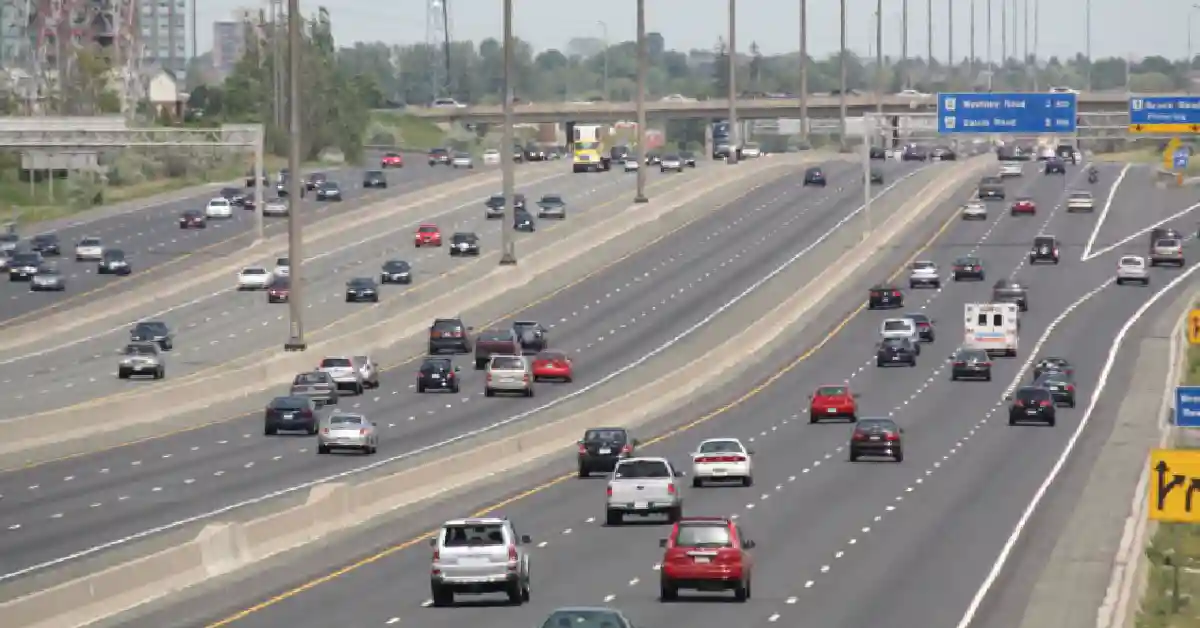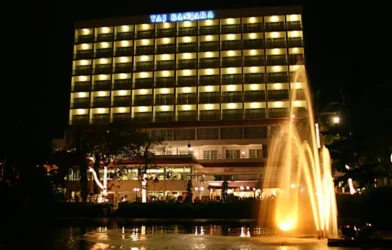Subtotal ₹0.00
The government is set to introduce a revamped financing framework for highway development, aimed at reducing risks for private developers and reinvigorating private participation in road construction. Within days, it will unveil an overhauled Model Concession Agreement (MCA) for projects under the Build-Operate-Transfer (BOT) mode — the first major update in over 15 years.
The revised framework, which has undergone a detailed clause-by-clause review, will also introduce a new hybrid model — Build Operate Transfer (Toll and Annuity) — blending features of existing PPP structures to enhance project viability, according to a report by The Financial Express.
Alongside, the Ministry of Road Transport and Highways is also revising bid documents for the Hybrid Annuity Model (HAM) and plans to subsequently update agreements for Engineering, Procurement and Construction (EPC) projects. The restructured BOT framework will emphasise performance-based selection, revenue-risk sharing, and pre-construction clearances to expedite execution timelines and strengthen investor confidence in the sector.
“The BOT-(Toll and Annuity) is at the conception stage. Broad ideas have come in and now details need to be filled up,” Umashankar said. BoT (Toll) and BoT (Annuity) models are still available separately. However, no bids are called under BoT (Annuity) as it has been replaced by HAM.
Under the BoT model the private developer bears the entire cost of highway development and collects a toll or user fee for 20 years to recoup its investments. The HAM model of highway development was announced in 2016 when developers stopped bidding for BoT projects, In HAM the National Highways Authority of India (NHAI) pays 40% of the cost of highway construction upfront to the concessionaire and rest in instalments. Under EPC the government agency bears the full cost of making the highway.
In the new MCA for BoT (Toll) there would be two bid parameters. Apart from costs, performance would also be a criteria for selection of concessionaires. The NHAI in cooperation with the government would be settling all pre-construction issues prior to entering into a contract. “Working with railways to sort out issues, working with the Ministry of Environment and the Forest Department in the states to sort out issues, make the process of obtaining clearances easier,” the secretary said.
“The contract which would have got executed otherwise everything going well in say 3 years will probably get executed in 2 years because there are no surprises.” This may increase the time taken for awarding the highways from 4-6 months to a year but it would minimise the surprises and uncertainties. In the new MCA for BoT (Toll) responsibilities will be clearly stated.
It will also have the provision for sharing of revenue risk. In the bid document the tariff projections will be stated by the NHAI. The bidders can place their bids based on their assessment. “But if our target traffic falls, so you have something which is less than 10% below, in the first 7 years there will be cash support. Thereafter it will get into the concession period adjustment,” Umashankar said.














